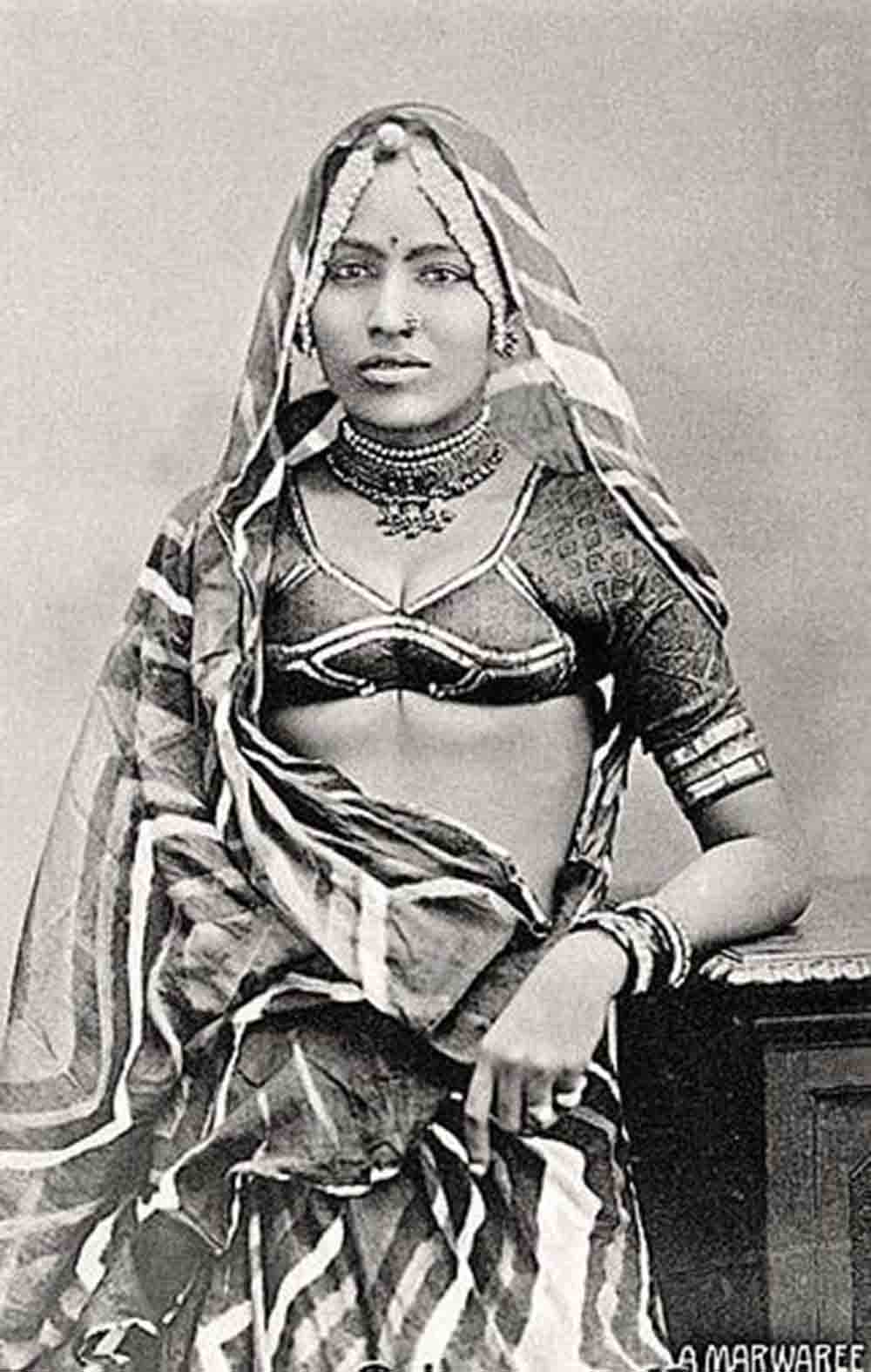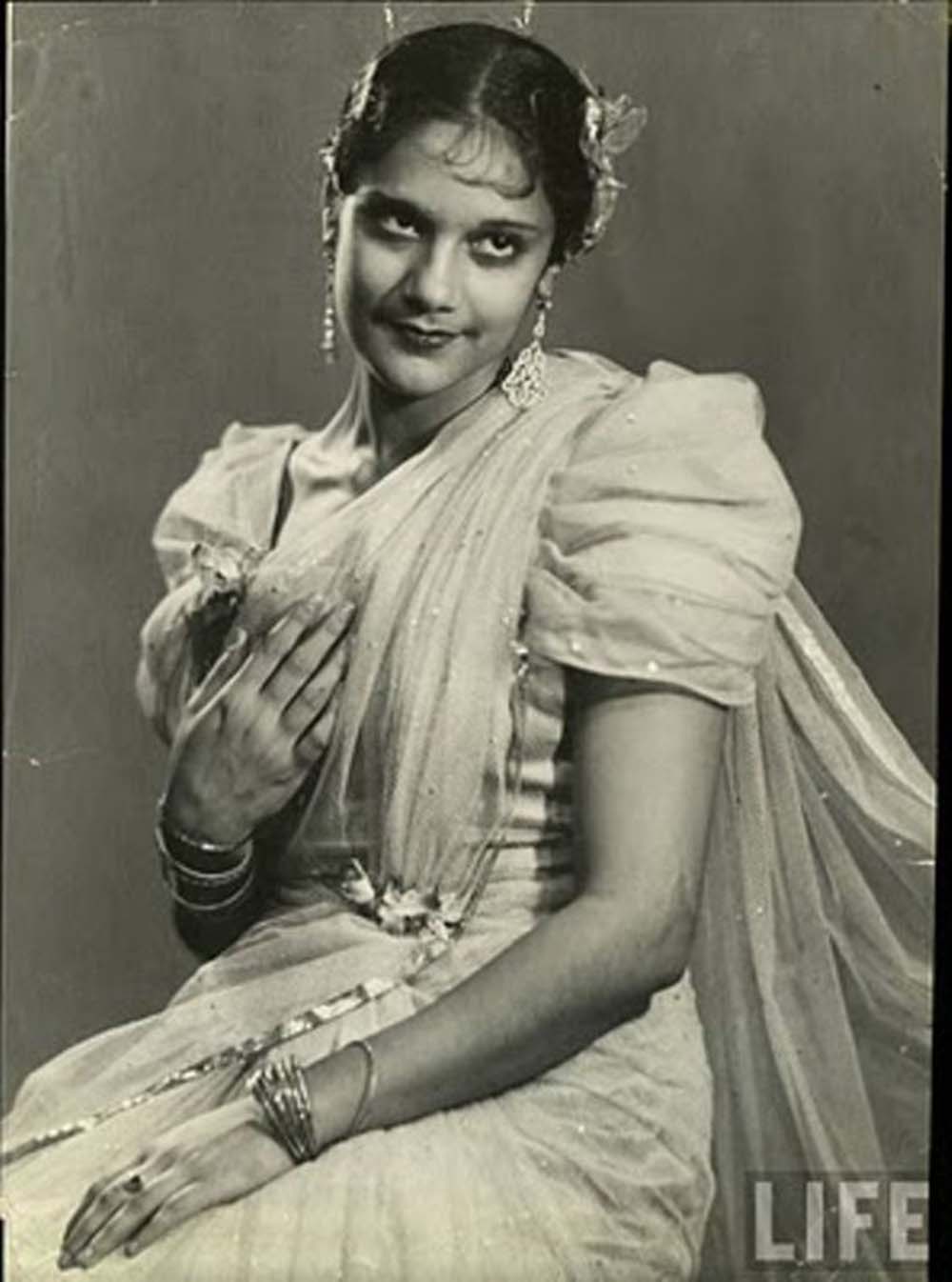The sari, a timeless garment, holds a significant place in Indian culture, embodying elegance and tradition. However, the evolution of the sari blouse, once an optional accessory, now stands as an integral part of the ensemble.

Ancient Indian Era:
- In ancient India, women draped unstitched fabric like the sanapatta, a loose cloth, around their bodies, often embellished for adornment.
- The concept of a stitched blouse was non-existent, and the sari was worn without this formal garment.
Emergence of the Blouse:
- In the 1860s, Jnanadanandini Devi, a social reformer and sister-in-law of Rabindranath Tagore, faced exclusion from a British club due to her attire.
- This incident prompted her to adopt the blouse as a symbol of defiance and empowerment.

Transition into Sari Space:
- Initially, the predecessor of the blouse was associated with garments like the lehenga or ghagra but gradually found its place in the sari ensemble.

Evolution and Diversification:
- Throughout the 20th century, the sari blouse witnessed a myriad of transformations, reflecting changing fashion trends.
- The 1920s introduced the sleeveless blouse, offering a departure from traditional styles and embracing modernity.
- Subsequent decades saw the emergence of blouses with collars and sleeves, catering to diverse preferences and occasions.

Cultural Significance:
- Beyond its functional role, the sari blouse carries cultural symbolism, representing the evolution of Indian women's identity and agency.
- It serves as a canvas for creativity and self-expression, allowing individuals to imbue their personal style within a traditional framework.
- The evolution of the sari blouse from a simple garment to a symbol of empowerment and style encapsulates the dynamic interplay between tradition and modernity.
As it continues to adapt to changing sensibilities and fashion aesthetics, the sari blouse remains a testament to the enduring legacy of Indian craftsmanship and creativity.